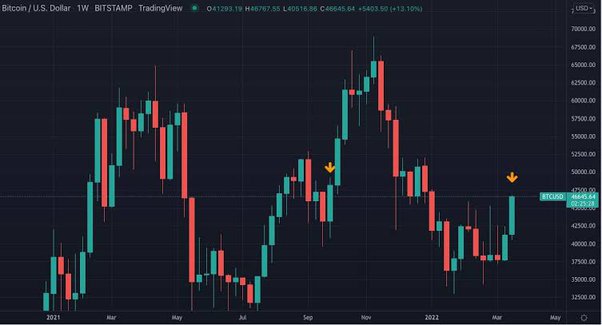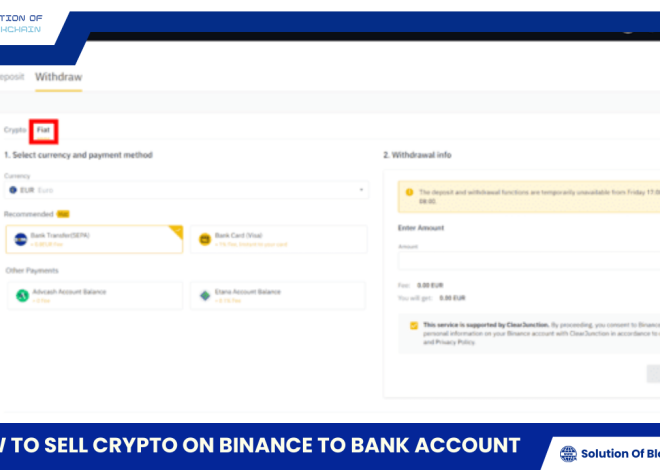
Crypto Rollercoaster: What makes crypto go up and down?
The cryptocurrency market is known for its volatility, with prices fluctuating dramatically in short periods. Understanding what makes crypto go up and down is essential for investors and traders alike. Various factors contribute to these price movements, including market sentiment, regulatory news, technological developments, and macroeconomic trends. This article will explore the key drivers behind cryptocurrency price fluctuations, helping you make informed decisions in this dynamic landscape.
What Makes Crypto Go Up and Down?
Cryptocurrencies, known for their volatility, have captured the attention of investors and enthusiasts alike. While their potential for substantial returns is alluring, it’s crucial to understand the forces that drive their prices. This article delves into the complex interplay of factors that contribute to the ups and downs of the crypto market.
Understanding the Volatile Nature of Cryptocurrencies
The crypto market is inherently volatile, often experiencing dramatic fluctuations in price within short periods. This inherent volatility stems from a combination of factors, including supply and demand dynamics, market sentiment, and technological advancements.
Supply and Demand Dynamics
One of the primary drivers of crypto price movements is the classic interplay of supply and demand. When demand for a particular cryptocurrency outpaces its supply, the price tends to rise. Conversely, if supply exceeds demand, the price may fall. This dynamic is particularly pronounced in the crypto market due to its relatively limited supply and its susceptibility to market sentiment.
Market Sentiment and Speculation
Cryptocurrencies are heavily influenced by market sentiment and speculation. Investor confidence, news events, and social media buzz can significantly impact price movements. When investors are optimistic about a cryptocurrency’s future, they are likely to buy, driving the price up. Conversely, negative sentiment can lead to selling pressure, triggering price declines.
Technological Advancements and Adoption
Technological advancements and wider adoption play a crucial role in shaping the crypto landscape. New developments, such as improved scalability solutions or innovative applications of blockchain technology, can generate excitement and attract new investors, boosting prices. Conversely, setbacks or delays in technological progress can dampen investor enthusiasm and lead to price corrections.
External Factors Influencing Crypto Prices
Beyond the internal dynamics of the crypto market, external factors exert significant influence on price movements. Macroeconomic trends, geopolitical events, and regulatory policies all contribute to the volatility of cryptocurrencies.
Macroeconomic Trends and Global Events
Global economic conditions and major events can have a ripple effect on the crypto market. For example, periods of high inflation or rising interest rates can make investors less willing to hold risky assets like cryptocurrencies, leading to price declines. Conversely, periods of economic uncertainty can drive investors towards safe haven assets, potentially benefiting cryptocurrencies.
Inflation, Interest Rates, and Monetary Policies
Inflation and interest rates can influence the attractiveness of cryptocurrencies as an investment. High inflation can erode the purchasing power of traditional currencies, potentially driving investors towards cryptocurrencies as a hedge against inflation. Conversely, rising interest rates can make holding cryptocurrencies less attractive, as investors may seek higher returns in more traditional investment options.
Geopolitical Instability and Regulatory Crackdowns
Geopolitical events and regulatory policies can have a significant impact on the crypto market. Political instability or regulatory crackdowns can create uncertainty and deter investment, leading to price corrections. Conversely, favorable regulatory frameworks or government support for blockchain technology can boost investor confidence and drive prices higher.
Institutional Investment and Mainstream Adoption
The entry of institutional investors and increasing mainstream adoption can provide a significant boost to the crypto market. Large financial institutions, such as hedge funds and pension funds, investing in cryptocurrencies can signal growing confidence in the asset class and drive prices higher. Additionally, increased use of cryptocurrencies for everyday transactions and payments can encourage greater adoption and, in turn, support price growth.
Internal Factors Driving Crypto Market Movements
In addition to external forces, internal factors related to the core technology and community dynamics of cryptocurrencies shape market movements.
Blockchain Technology and Network Security
The underlying blockchain technology and network security are crucial for the long-term viability and value of cryptocurrencies. Advancements in scalability, security, and decentralization can enhance the attractiveness of cryptocurrencies, attracting new investors and boosting prices.
Scalability, Security, and Decentralization
Scalability, security, and decentralization are key considerations for cryptocurrencies. As adoption grows, cryptocurrencies must be able to handle increasing transaction volume without compromising security or decentralization. Improvements in these areas can lead to greater confidence in the underlying technology and drive price appreciation
Forks, Upgrades, and Development Roadmaps
Forks, upgrades, and development roadmaps are crucial for keeping cryptocurrencies competitive and relevant. Successful implementations of these advancements can signal a commitment to innovation and attract more investors. Conversely, setbacks or delays in development can negatively impact market sentiment and lead to price corrections.
Community Sentiment and Developer Activity
The community’s sentiment and developer activity play a significant role in shaping the trajectory of a cryptocurrency. A thriving community, active developers, and a robust ecosystem can foster innovation, enhance the usefulness of a cryptocurrency, and increase its value.
Navigating Crypto Price Volatility
Given the inherent volatility of the crypto market, it’s essential for investors to adopt a long-term perspective and employ strategies to mitigate risk.
Strategies for Informed Investing
Investing in cryptocurrencies requires a sound understanding of the factors that influence their prices and a well-defined strategy.
Fundamental Analysis and Project Research
Fundamental analysis involves assessing the underlying technology, team, and market potential of a cryptocurrency project. It’s crucial to research a project’s white paper, understand its use case, and assess the strength of its development team.
Technical Analysis and Chart Patterns
Technical analysis is a method of predicting price movements based on historical data and chart patterns. Investors can use various technical indicators to understand market sentiment, identify trends, and make informed trading decisions.
Risk Management and Portfolio Diversification
Risk management is essential for navigating the volatility of the crypto market. Investors can allocate their portfolio across different cryptocurrencies and asset classes to reduce risk. They can also set stop-loss orders to limit potential losses if the market takes an unexpected turn.
Navigating the crypto market requires understanding its volatile nature and the complex interplay of factors that drive price movements. By staying informed about both internal and external influences, investors can make informed decisions, mitigate risk, and potentially benefit from the growth potential of this emerging asset class.
By grasping the factors that influence cryptocurrency prices, you can better navigate the market and enhance your investment strategies. For more in-depth analysis and resources on blockchain technology and its implications, visit Solution of Blockchain. This platform offers valuable insights to help you stay informed and make smarter choices in the ever-evolving world of crypto.






